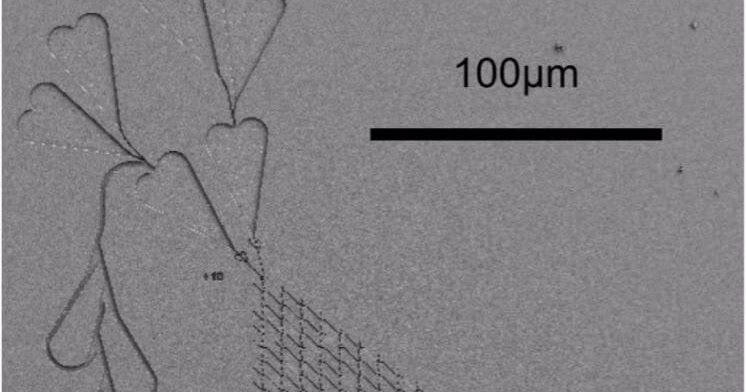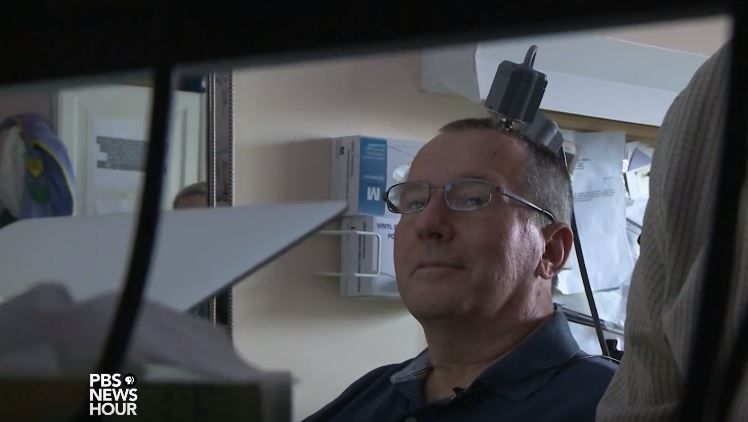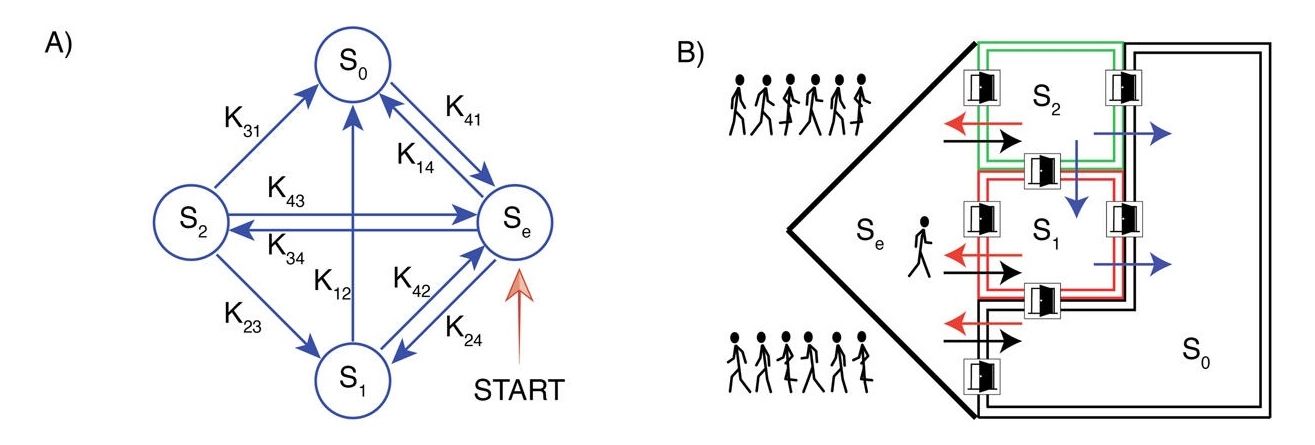How small is the world’s smallest hard drive? Smaller than you’d believe.



A new computer simulation helps explain the existence of puzzling supermassive black holes observed in the early universe. The simulation is based on a computer code used to understand the coupling of radiation and certain materials. “Supermassive black holes have a speed limit that governs how fast and how large they can grow,” said Joseph Smidt of the Theoretical Design Division at Los Alamos National Laboratory, “The relatively recent discovery of supermassive black holes in the early development of the universe raised a fundamental question, how did they get so big so fast?”
Using computer codes developed at Los Alamos for modeling the interaction of matter and radiation related to the Lab’s stockpile stewardship mission, Smidt and colleagues created a simulation of collapsing stars that resulted in supermassive black holes forming in less time than expected, cosmologically speaking, in the first billion years of the universe. “It turns out that while supermassive black holes have a growth speed limit, certain types of massive stars do not,” said Smidt. “We asked, what if we could find a place where stars could grow much faster, perhaps to the size of many thousands of suns; could they form supermassive black holes in less time?” A video about the discovery: https://www.youtube.com/watch?v=LD4xECbHx_I&feature=youtu.be

Electronic computers are extremely powerful at performing a high number of operations at very high speeds, sequentially. However, they struggle with combinatorial tasks that can be solved faster if many operations are performed in parallel.
The EU Horizon 2020 has launched Bio4Comp, a five-year €6.1M project to build more powerful and safer biocomputers that could outperform quantum computing.
The Bio4Comp project has the ambitious goal of building a computer with greater processing speed and lower energy consumption than any of the most advanced computers existing today. Ultimately, this could translate into enabling large, error-free security software to be fast enough for practical use, potentially wiping out all current security concerns.
A total of €6.1M have been awarded to an European team of researchers from TU Dresden, Fraunhofer-Gesellschaft, Lund University, Linnaeus University and Bar Ilan University, as well as the British company Molecular Sense.

The cloud is becoming a bigger part of IBM’s business, and the technology giant is expanding its data center offerings.
IBM CEO Ginni Rometty announced at the company’s InterConnect conference in Las Vegas Tuesday a new data center in China, its 51st overall in 20 nations.

JUDY WOODRUFF: For decades, researchers have worked to create a better and more direct connection between a human brain and a computer to improve the lives of people who are paralyzed or have severe limb weakness from diseases like ALS.
Those advances have been notable, but now the work is yielding groundbreaking results.
Special correspondent Cat Wise has the story.

(Phys.org)—Scientists have built tiny logic machines out of single atoms that operate completely differently than conventional logic devices do. Instead of relying on the binary switching paradigm like that used by transistors in today’s computers, the new nanoscale logic machines physically simulate the problems and take advantage of the inherent randomness that governs the behavior of physical systems at the nanoscale—randomness that is usually considered a drawback.
The team of researchers, Barbara Fresch et al., from universities in Belgium, Italy, Australia, Israel, and the US, have published a paper on the new nanoscale logic machines in a recent issue of Nano Letters.
“Our approach shows the possibility of a new class of tiny analog computers that can solve computationally difficult problems by simple statistical algorithms running in nanoscale solid-state physical devices,” coauthor Francoise Remacle at the University of Liege told Phys.org.



TeraHertz pulses in semiconductor crystal (credit: Fabian Langer, Regensburg University)
Using extremely short pulses of teraHertz (THz) radiation instead of electrical currents could lead to future computers that run ten to 100,000 times faster than today’s state-of-the-art electronics, according to an international team of researchers, writing in the journal Nature Photonics.
In a conventional computer, electrons moving through a semiconductor occasionally run into other electrons, releasing energy in the form of heat and slowing them down. With the proposed “lightwave electronics” approach, electrons could be guided by ultrafast THz pulses (the part of the electromagnetic spectrum between microwaves and infrared light). That means the travel time can be so short that the electrons would be statistically unlikely to hit anything, according to senior author Rupert Huber, a professor of physics at the University of Regensburg who led the experiment.
